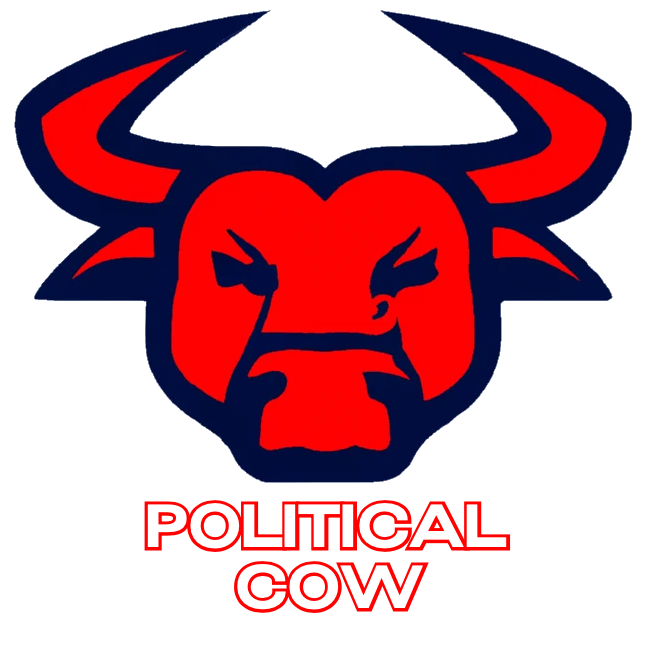📊 Title: Biden’s Bold AI Executive Order, 3 seconds to shape the Future of Technology Policy
🌐 *Partner Links*
🚨 Your connection is EXPOSED – 68% of NordVPN https://www.tkqlhce.com/click-100934786-14471514
💡Biden executive order to impact 60m Americans!
http://politicalcow.com/ad/live.php?a=alive
📖 Description:
The White House has unveiled an ambitious executive order to reshape the AI landscape and address critical policy issues. This initiative takes on an industry accustomed to minimal regulation, marking a significant shift. Federal agencies face the challenging task of adapting to the order’s demands, emphasizing systemic changes in their approach to AI-powered tools, albeit on a tight timeline.
One key aspect of the order is the focus on data privacy, an arena where Congressional promises have fallen short. Federal agencies are directed to establish guidelines for collecting, using, and sharing personal data acquired from data brokers, promoting enhanced privacy protections. This action is a response to the stalled legislative process, illustrating the administration’s commitment to proactive regulation.
Caitriona Fitzgerald, from the Electronic Privacy Information Center, supports data collection limits but calls for comprehensive consumer data privacy laws from Congress to combat the relentless demand for personal data. The success of the White House’s vision hinges on funding, which is subject to Congressional action. However, political disputes, such as battles over House leadership and looming budget issues, could complicate this crucial next step.
In summary, the White House’s executive order marks a groundbreaking effort to regulate and guide the AI industry, addressing data privacy and necessitating congressional funding for its success. The path ahead is filled with challenges and uncertainties, as the government navigates the complex landscape of AI policy.
📱 [Follow Us]
Stay connected for more thought-provoking discussions and behind-the-scenes updates:
🔸 Twitter: https://twitter.com/PoliticalCow
🔸 TikTok: http://tiktok.com/politicalcow
🔸Instagram: http://instagram.com/politicalcow/
🔸Visit our website for additional resources and articles: https://politicalcow.com
🚨 [Disclaimer]
The information provided in this video is for educational, informational and entertainment purposes only. We are not financial advisors, and all investment decisions should be made with professional guidance. Affiliate links help support our channel at no additional cost to you. Thank you for your support!
#Politics #Finance #Investments #satire
Thank you for watching!

